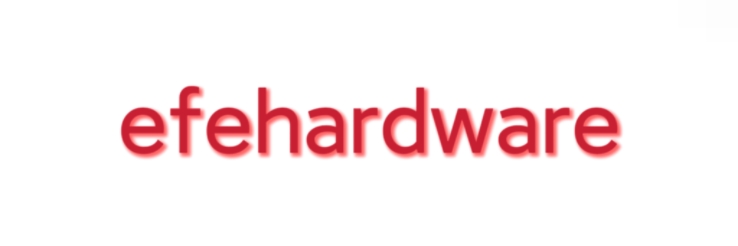Stretch Wrapping vs. Shrink Wrapping: Which One Reigns Supreme?
When it comes to packaging and protecting products, two popular methods often come into the discussion: stretch wrapping and shrink wrapping. So, which one is better for your needs?
Want more information on Stretch Wrapping Applications? Feel free to contact us.
1. What is Stretch Wrapping?
Stretch wrapping involves using a stretchable plastic film that is wrapped around products. This method uses tension to create a tight and secure hold on the items being packaged.
2. What is Shrink Wrapping?
Shrink wrapping uses a plastic film that is applied over the product and then heated to shrink tightly around it. This method provides a tight fit that conforms precisely to the shape of the items.
3. What are the Main Differences Between Stretch Wrapping and Shrink Wrapping?
There are several key differences between stretch wrapping and shrink wrapping. Here are a few critical points:
- Material Usage: Stretch wrapping uses stretch film, while shrink wrapping employs shrink film.
- Application Process: Stretch wrapping relies on tension during application, whereas shrink wrapping requires heat to secure the packaging.
- Protection Level: Shrink wrapping provides a more tamper-resistant seal, while stretch wrapping allows products to breathe when packaging.
4. Which Method is More Cost-Effective?
Cost-effectiveness can vary based on several factors such as material cost, labor, and the size of the products being wrapped. Generally:
- Stretch Wrapping: Often cheaper in terms of material since it uses less plastic film.
- Shrink Wrapping: Typically more expensive due to the need for heat sources and higher-quality film.
5. What are the Common Applications for Each Method?
Both methods have specific applications based on the product type and desired protection level. Here’s a look at where each method shines:
- Stretch Wrapping Applications: Ideal for bundling items together, wrapping pallets, and securing products for shipment. This method is widely used in warehouses and distribution centers.
- Shrink Wrapping Applications: Best for packaging single items like food, electronics, and toys, where a tight seal is essential to maintain product freshness and safety.
6. What are the Advantages of Each Method?
Understanding the advantages can help in deciding which method to choose:
- Advantages of Stretch Wrapping:
- Quick and easy application.
- Flexible and adjustable for various product sizes.
- Allows for better visibility of the product.
- Advantages of Shrink Wrapping:
- Provides excellent tamper resistance.
- Conforms to the product’s shape, offering a sleek appearance.
- Protects against dust, moisture, and debris.
7. Conclusion: Which is Better?
The choice between stretch wrapping and shrink wrapping ultimately depends on your specific needs. If you require flexibility and speed, stretch wrapping may be the better option. However, for items that need extra protection and tamper resistance, shrink wrapping may be the way to go. Considering factors like cost, application, and product type will guide you in making the best decision.
For more Shrink Wrap Pallet Machine Usedinformation, please contact us. We will provide professional answers.

